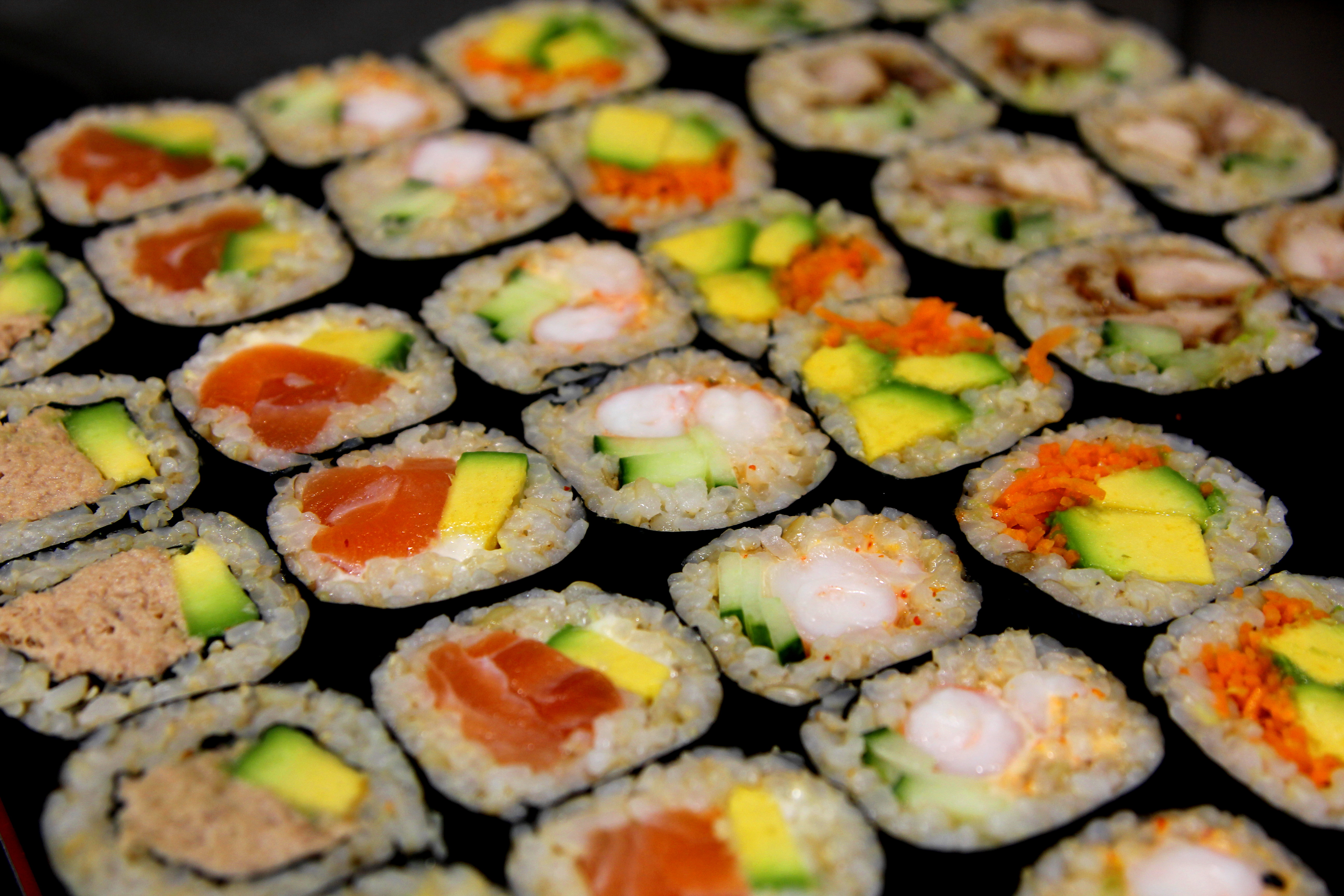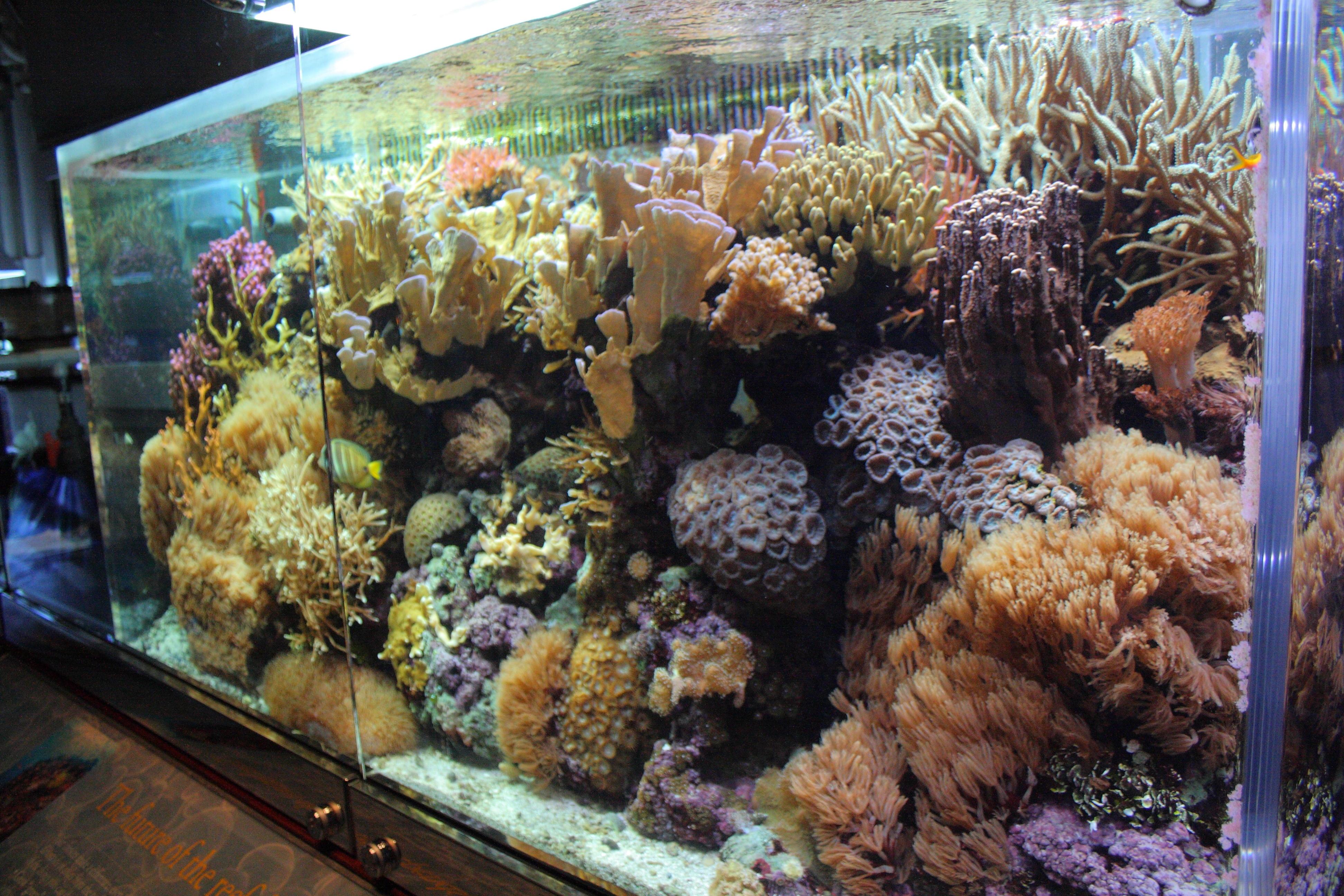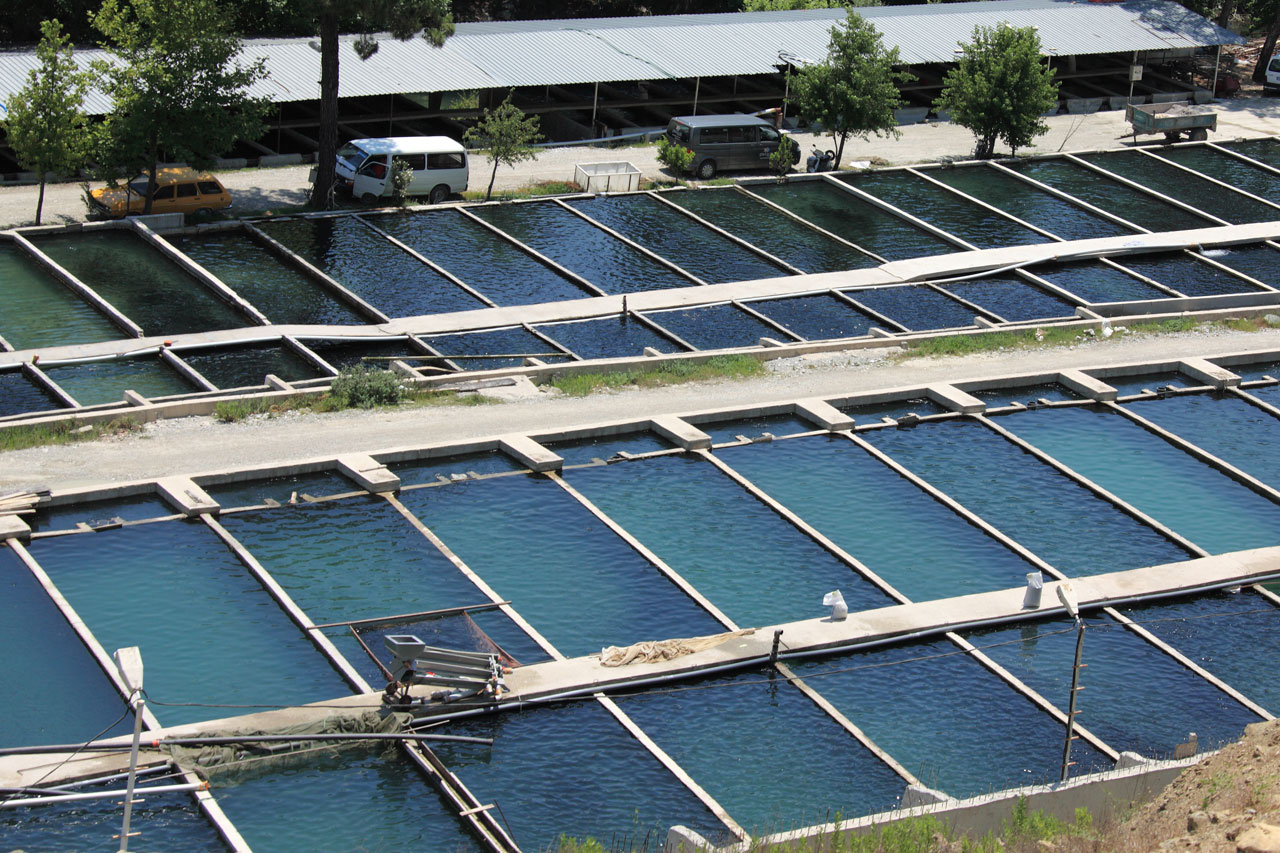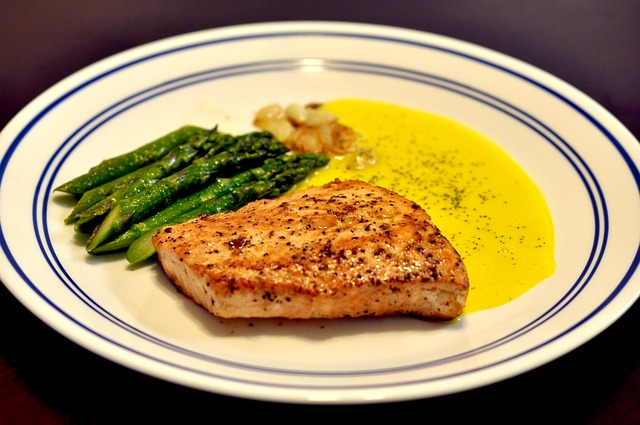Seafood
What’s so Fishy?
Seafood. For some people it’s disgusting, however for many of us it is a wonderful thing to eat. My opinion is that those who don’t like seafood just haven’t had the right kind. Believe me, I’ve tried a catfish that was awful. Old shrimp? Forget about it! Seafood needs to be as fresh as possible. I have a brother who won’t even eat shrimp if he’s not within 10 miles of an ocean. Seafood is full of protein, vitamins, and minerals. Omega 3 fatty acids come in epic amounts here!

What benefits have come from seafood? In a medical setting, fish oil is often given to psychiatric patients because of its positive effects on memory function. Current dietary advice recommends up to two seafood meals per week. Yes, please. The protein in fish is some of the leanest meat you could ask for. Those omega 3 fatty acids I was talking about, well studies show that they can reduce risk of heart disease and blood clotting. Continuing with heart healthy foods, fish are also low sodium and low (meaning no) cholesterol. Even the “fatty” fish are still pretty low in fat. Oysters are a great source of iron, if you’re into the shellfish side of this.
I don’t want to mislead anyone, there can be drawbacks to seafood. First, it isn’t cheap. If you’re lucky enough to live near a Costco, you can usually get it for a fairly good price. Good seafood at restaurants are going to be a little more expensive than that turkey dinner. Seafood needs to be fresh to avoid that “fishy” taste, but it can harder to keep fresh. Frozen seafood from the store can be pretty good. Flash freezing food with nitrogen has allowed us to preserve nutrients and freshness in all sorts of foods! However, if freezer temperature varies, seafood can also become freezer-burned and less fresh. So eat it fast. Along the nutritional side of things I should mention mercury content. Tuna, especially albacore, swordfish, grouper, walleye, shark, etc. are high in mercury and should be limited.

A great guide I have found is from Chicago’s Shedd Aquarium. My friend who works there introduced me to a sustainable seafood guide they’ve created for everyone, called Right Bite. They’ve partnered up with restaurants, schools, and stores to bring us ocean-friendly seafood eating. On this guide they include the best choices of seafood, good alternatives, and what to avoid. They took into account the oceanic eco-systems, mercury content, and a couple of other variables. When you’re out buying seafood next, ask your local grocer where they get their seafood. Farmed fish are usually quite good for you, and are much better for the environment.

I encourage you to do some of your own research about the seafood you eat. Remember, seafood must be properly cooked and handled just like any other meat. I do love sushi, so I make sure I eat it out of clean looking, credible restaurants. When cooking at home, my favorite go-to fish spices are dill weed, and lemon pepper. I love lemon pepper on tilapia and other light fishes. When making a tuna sandwich, I always add dill weed and a hint of lemon juice to the mixture. Nothing can beat a good poached salmon with fresh lemon for me, though.

Enjoy the flavors of the oceans. I wish you all a Fishy New Year! ;)
- https://www.sheddaquarium.org/Conservation--Research/Right-Bite/
- https://seafoodhealthfacts.org/
- https://upload.wikimedia.org/wikipedia/commons/2/20/Fish_Farm_Site.jpg
- https://www.educacioncontracorriente.org/images/abril2014/sushi_lek.jpg
- https://pixabay.com/p-518497/?no_redirect
- https://upload.wikimedia.org/wikipedia/commons/0/0d/Wild_Reef_at_Shedd_Aquarium_9,_2009-11-15.jpg
 Mary Hildebrandt
Mary Hildebrandt
Weekly Newsletter Contributor since 2014
Email the author! maryh@dvo.com
